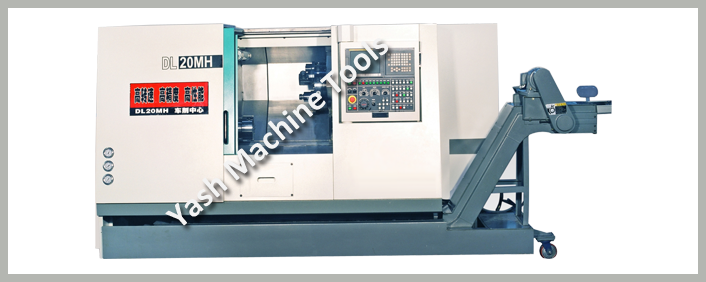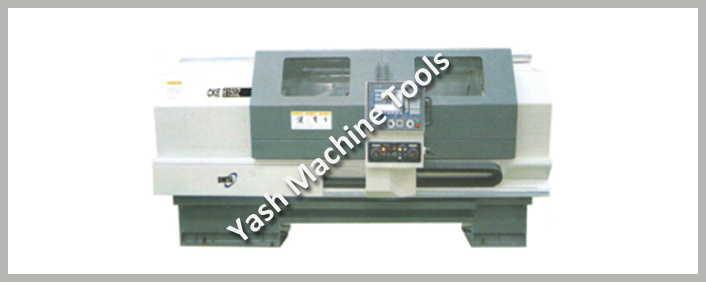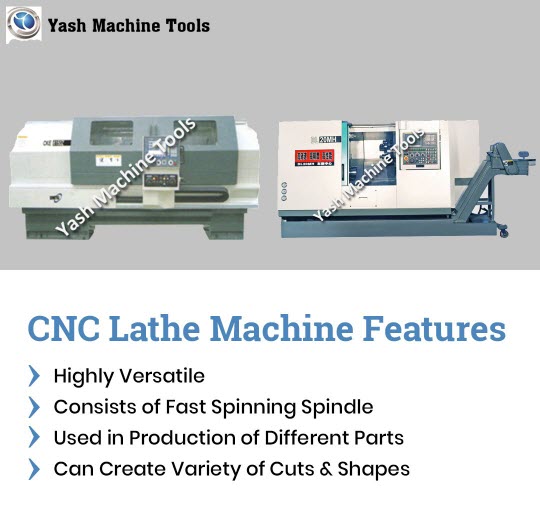Comparing Slant Bed vs. Flat Bed CNC Lathes
In the ever-evolving landscape of manufacturing, CNC lathes play a pivotal role, shaping raw materials into precise components. Within this realm, two popular variations, Slant Bed CNC Lathes and Flat Bed CNC Lathes, stand out. This article delves into their nuances, advantages, and applications, aiding your decision-making process.
Understanding CNC Lathes
Definition and Functionality
CNC lathes, or Computer Numerical Control lathes, are automated machines that rotate raw materials, allowing cutting, drilling, and shaping with unparalleled precision.
Importance in Manufacturing
They serve as the backbone of modern manufacturing, providing efficiency and accuracy in creating intricate parts for various industries.
Slant Bed CNC Lathes
Slant Bed CNC Lathes have a tilted spindle, offering enhanced visibility and ergonomic advantages.
Advantages
Their inclined design facilitates chip removal, reducing interference during operations, resulting in improved accuracy.
Applications
Widely used for complex and high-precision components in aerospace, automotive, and medical industries.

Flat Bed CNC Lathes
Flat Bed CNC Lathes have a horizontal spindle, providing stability and ease of operation.
Advantages
Their sturdy construction allows for heavy-duty machining, making them suitable for large-scale production.
Applications
Ideal for industries requiring stability and consistent performance, such as oil and gas, and heavy machinery manufacturing.

Head-to-Head Comparison
Slant Bed CNC Lathes excel in intricate designs, while Flat Bed CNC Lathes offer stability for larger, less complex components.
Speed and Efficiency
Slant Bed lathes, with their inclined design, often provide faster chip evacuation, leading to increased efficiency.
Versatility
Flat Bed CNC Lathes shine in handling a variety of materials and larger workpieces, offering versatility in production.
Maintenance and Durability
While Slant Bed lathes may require more frequent maintenance, their design often enhances tool life, balancing the equation.
Choosing the Right CNC Lathe
Consideration Factors
Factors like precision requirements, production scale, and budget should guide your choice.
Budget and Scale of Operations
For smaller operations, a Slant Bed CNC Lathe might be more cost-effective, while larger-scale industries might benefit from the robustness of a Flat Bed CNC Lathe.
Future Expansion
Consider the potential growth of your operations and choose a CNC lathe that aligns with your future needs.
Emerging Trends
Anticipating the trends that are likely to dominate the industry in the coming years.
Tips for Decision-Making
Providing actionable tips to simplify your decision-making process when investing in a CNC lathe.
Common Misconceptions
Addressing common misconceptions that might influence your perception of Slant Bed CNC Lathes. Correcting false notions surrounding Flat Bed CNC Lathes to ensure an unbiased evaluation.

Future Prospects
Previewing the technological advancements expected to shape the future of CNC lathes.
Industry Forecast
Gazing into the crystal ball to predict the trajectory of the CNC lathe industry.
Challenges Faced
Acknowledging and addressing the challenges users might encounter in their CNC lathe journey.
Conclusion
In the dynamic landscape of CNC lathes, the choice between Slant Bed and Flat Bed comes down to your specific needs. Whether it’s intricate designs or heavy-duty machining, understanding the nuances is key to making an informed decision.
- How Lathe Machine Manufacturers are Powering the Nation’s Engineering Growth in Canada?
- How Chamfer Machines Are Streamlining Metalwork in the UK’s Manufacturing Sector?
- How Feed Rate Adjustments Improve Surface Finish in Vertical CNC Milling Machines?
- How Radial Drilling Machines Achieve Low Vibration and Distortion Resistance?
- From Design to Execution: How CNC Press Brakes Ensure Seamless Workflow
- How to Optimize Sheet Metal Operations Using a Hydraulic Press Brake?


